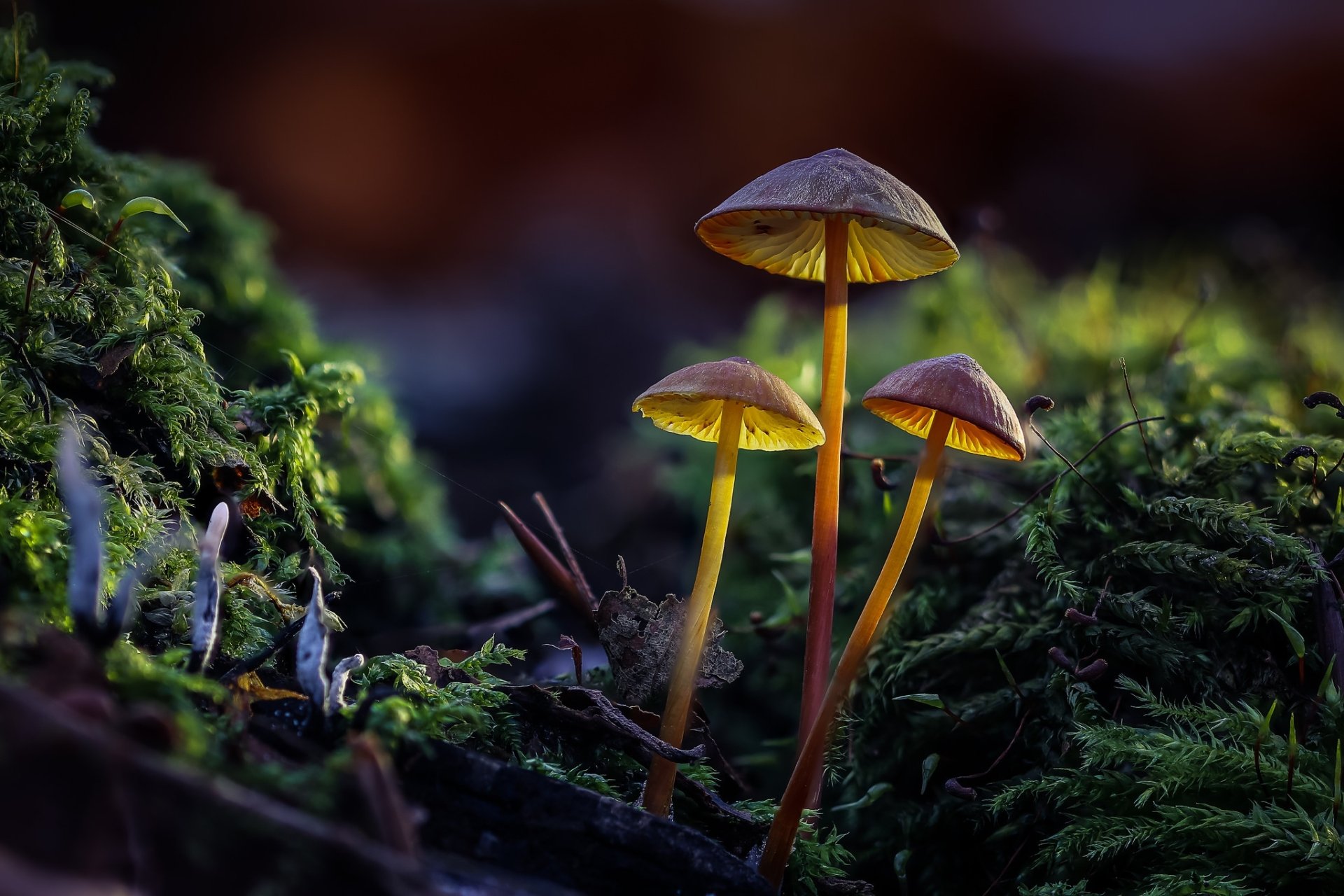
If you’ve ever dreamed of cultivating your own mushrooms, turning your backyard into a thriving fungi haven, then it’s time to delve into the fascinating world of mushroom growing. While these mysterious organisms may seem enigmatic, they are actually quite accessible to the avid gardener or curious hobbyist. With a bit of knowledge, dedication, and patience, you’ll be able to embark on a journey of mushroom mastery right in the comfort of your own backyard.
Mushrooms have long captivated human imagination with their unique shapes, earthy flavors, and valuable medicinal properties. Whether you’re a lover of gourmet cuisine or a seeker of natural remedies, growing your own mushrooms allows you to explore the world of fungi and reap the benefits it offers. This rewarding endeavor not only provides a sense of accomplishment but also brings you closer to the wonders of nature.
In this article, we will unlock the secrets of mushroom growing, unveiling the step-by-step process required to cultivate these enchanting organisms. From selecting the right mushroom varieties to creating the optimal growing conditions, we will guide you through each stage of the journey. So, grab your gardening tools and prepare to embark on a thrilling adventure in your own backyard, as we unravel the art of mushroom mastery.
Choosing the Right Mushroom Varieties
When it comes to mushroom growing, choosing the right mushroom varieties is crucial. Different mushrooms have different growing requirements and produce varying yields. Here are some popular mushroom varieties to consider for your backyard cultivation:
-
Button Mushrooms: Button mushrooms, also known as white mushrooms, are a common choice for beginners. They are versatile and can be used in a variety of dishes. These mushrooms prefer a temperature range of 55-60°F (13-16°C) and require a high level of humidity.
-
Oyster Mushrooms: Oyster mushrooms are another popular choice for home cultivation. They have a delicate flavor and a unique appearance with their oyster-shaped caps. Oyster mushrooms can tolerate a wide temperature range of 50-70°F (10-21°C) and prefer moderate humidity.
-
Shiitake Mushrooms: Shiitake mushrooms are highly prized for their rich, earthy flavor. They are commonly used in Asian cuisine and have many health benefits. Shiitake mushrooms require a colder temperature range of 45-65°F (7-18°C) and prefer a higher humidity level compared to other varieties.
Each of these mushroom varieties has its own growing specifications, so it’s important to research and understand their individual requirements before starting your cultivation journey. By selecting the right mushroom varieties, you can maximize your chances of success and enjoy a bountiful harvest from your own backyard.
Preparing the Growing Area
The success of cultivating mushrooms at home starts with proper preparation of the growing area. By creating a suitable environment, you can provide the ideal conditions for your fungi to flourish. Here are some essential steps to consider:
-
Choose a Suitable Location: Select an area in your backyard that receives indirect sunlight and offers some protection from harsh elements. A partially shaded spot or under a tree canopy can be ideal. Ensure the location is away from strong winds and draining properly.
-
Clear the Area: Remove any debris, rocks, or dead plants from the chosen spot. Cleaning the surrounding area will prevent unnecessary competition for resources and reduce the risk of pests and diseases affecting your mushrooms.
-
Prepare the Soil: Mushrooms often thrive in a specific type of soil or substrate. Depending on the mushroom species you intend to grow, you may need to use different materials such as compost, straw, hardwood chips, or sawdust. Research the particular requirements of your chosen mushroom and prepare the soil accordingly.
Remember to maintain a clean and sterile environment throughout the process to avoid contamination and ensure the best results. Following these initial steps will set the foundation for successful mushroom cultivation in your own backyard.
How To Grow Psilocybe Cubensis
Caring for Your Mushroom Crop
Now that you have successfully grown your own mushrooms in your backyard, it is important to provide them with the proper care to ensure a healthy and abundant crop.
Firstly, maintaining the right moisture level is crucial for your mushroom cultivation. Mushrooms thrive in a moist environment, so it is essential to keep the soil adequately hydrated. Regularly check the moisture content of the soil by gently pressing it with your fingers. If it feels dry, watering is required. Simply spray water onto the soil surface, ensuring it is evenly distributed. However, avoid overwatering as excessive moisture can lead to fungal diseases.
Besides moisture, mushrooms also require a suitable temperature range to grow optimally. Generally, they prefer cooler temperatures, typically around 55 to 65 degrees Fahrenheit. Monitor the temperature in your mushroom growing area using a thermometer and make adjustments as necessary. Ensure that the temperature remains consistent, as significant fluctuations can hinder the growth and development of your mushroom crop.
Finally, proper ventilation is essential for maintaining a healthy mushroom crop. Mushrooms need fresh air to thrive and prevent the buildup of harmful gases. Ensure that there is enough airflow in your growing area by opening windows or using fans to circulate the air. This helps to prevent the growth of mold and other fungi that may compete with or harm your mushroom crop.
By carefully tending to the moisture levels, temperature, and ventilation of your mushroom crop, you can maximize the yield and quality of your harvest. Remember to regularly monitor and adjust these factors as needed to ensure the optimal growth and development of your mushrooms.